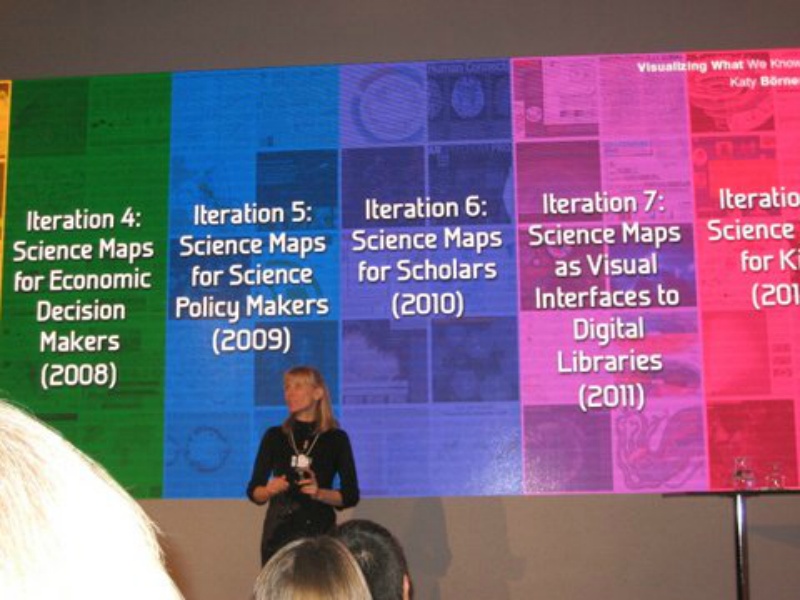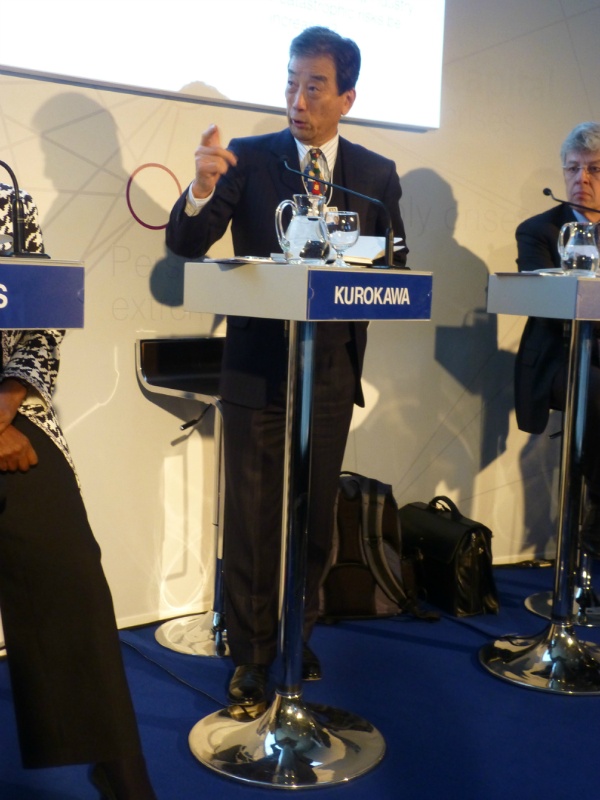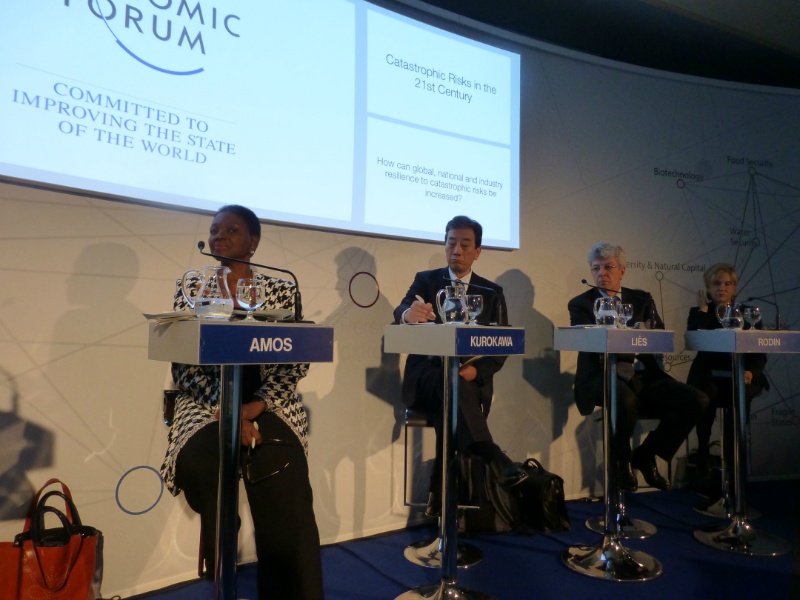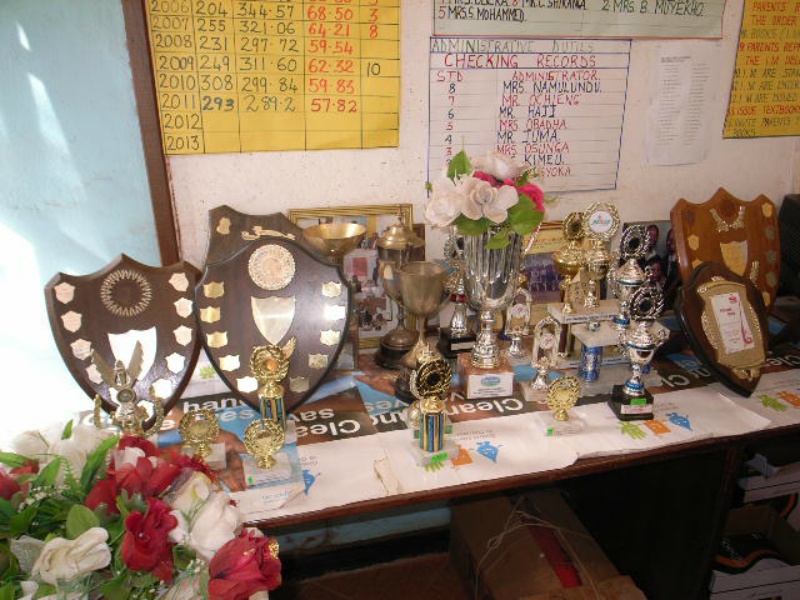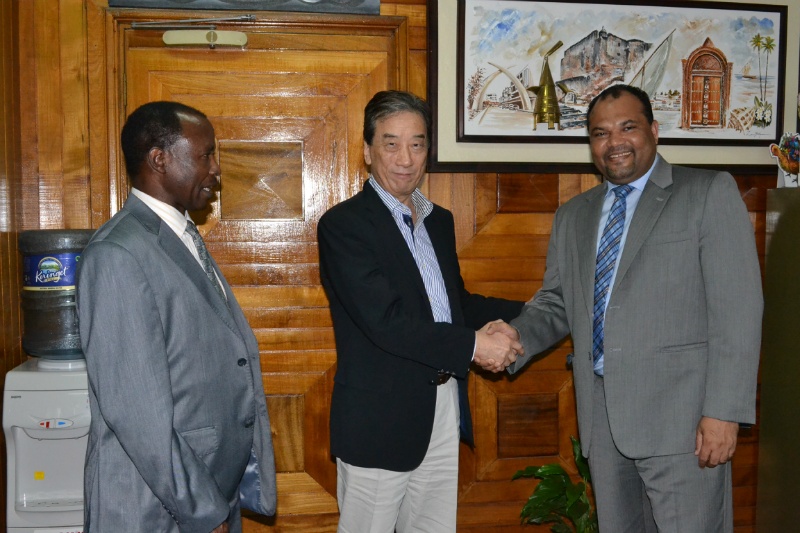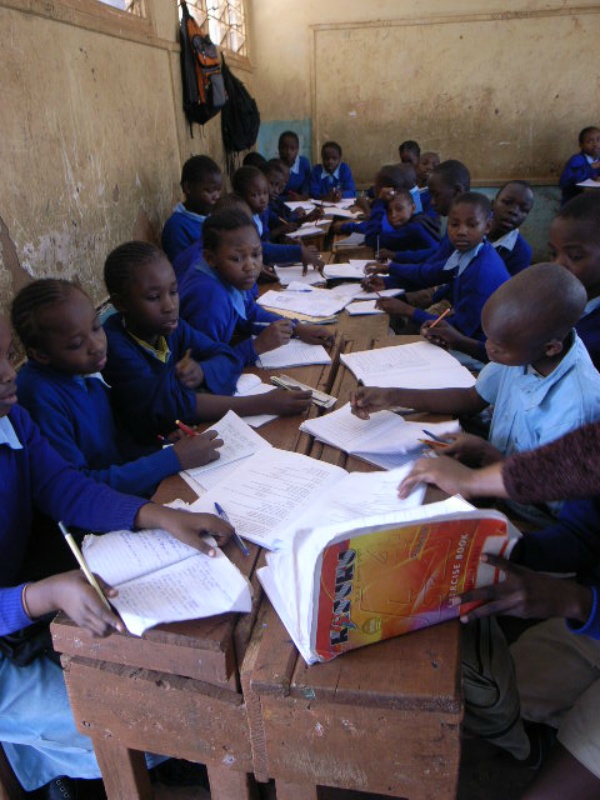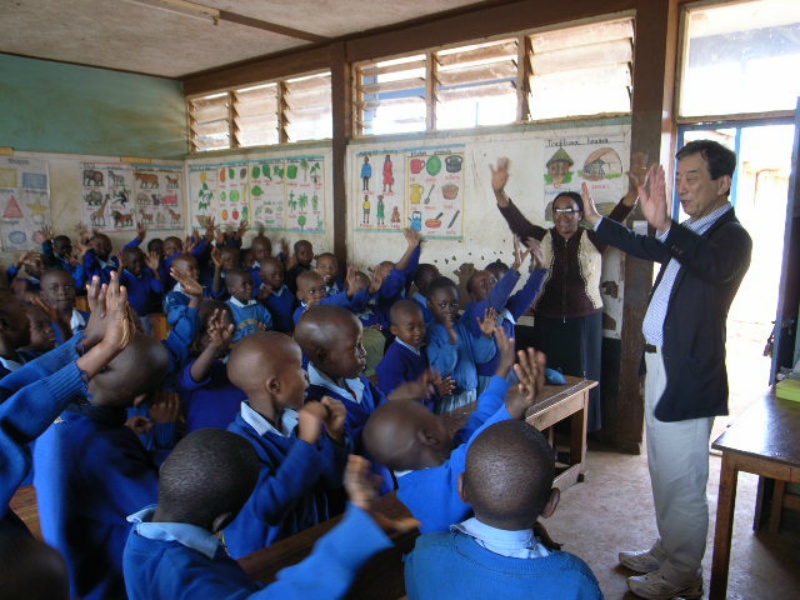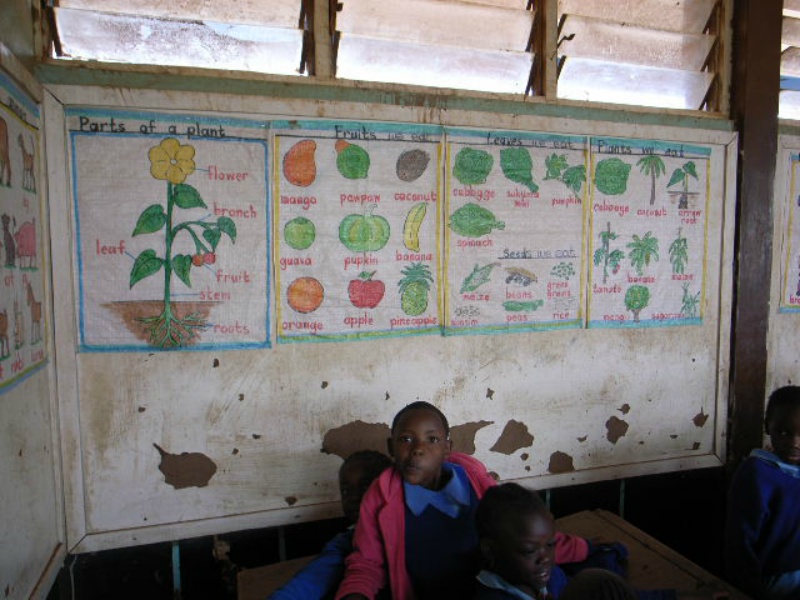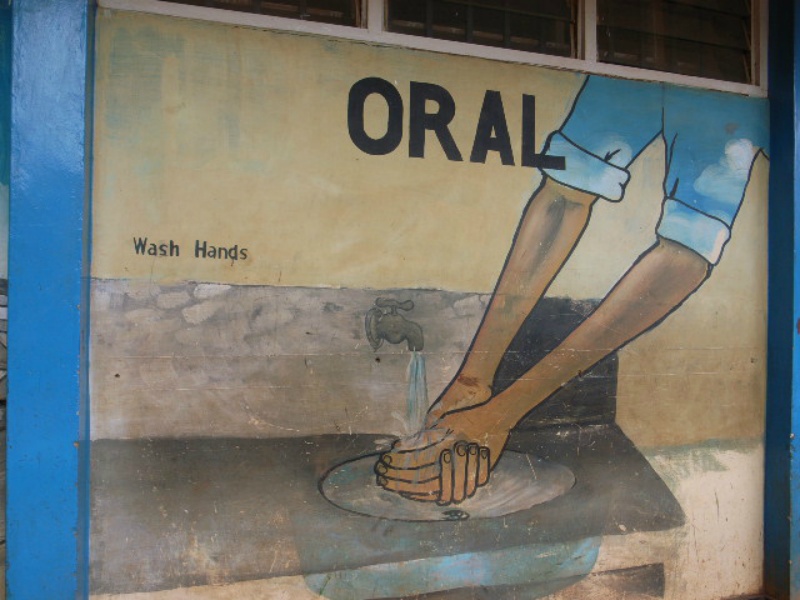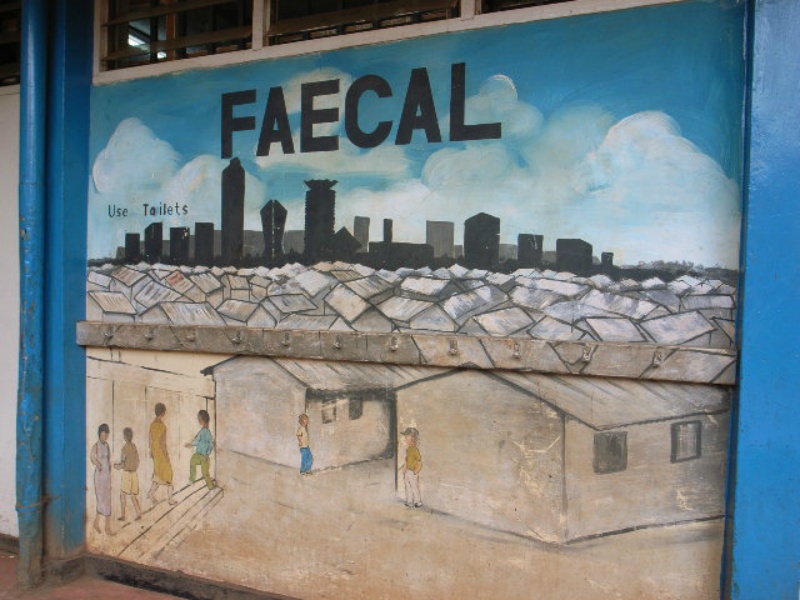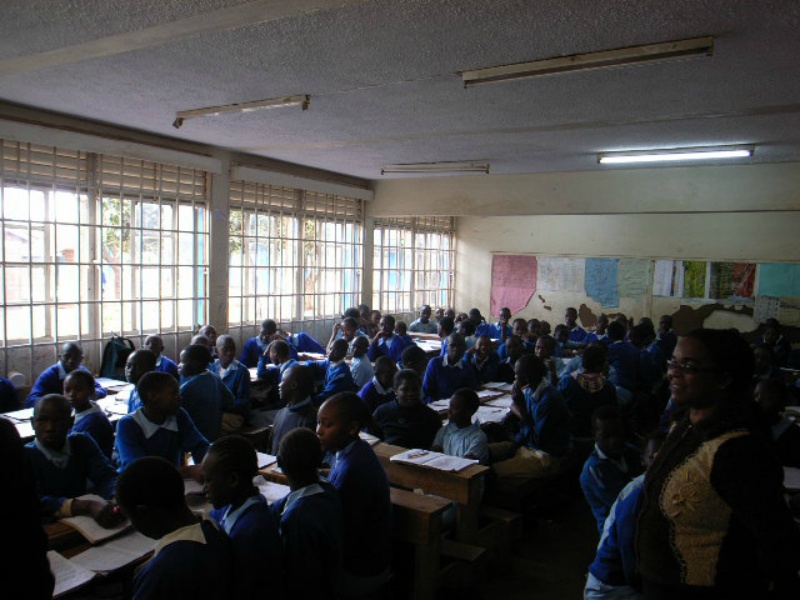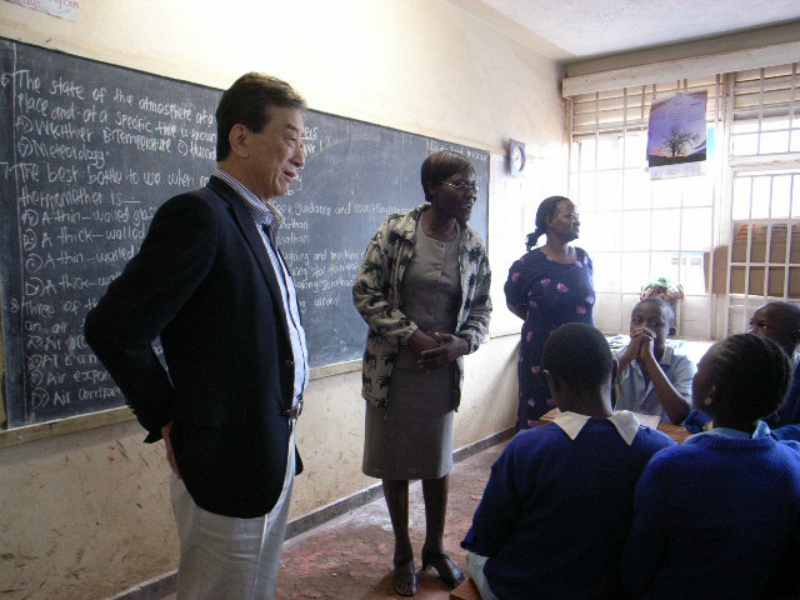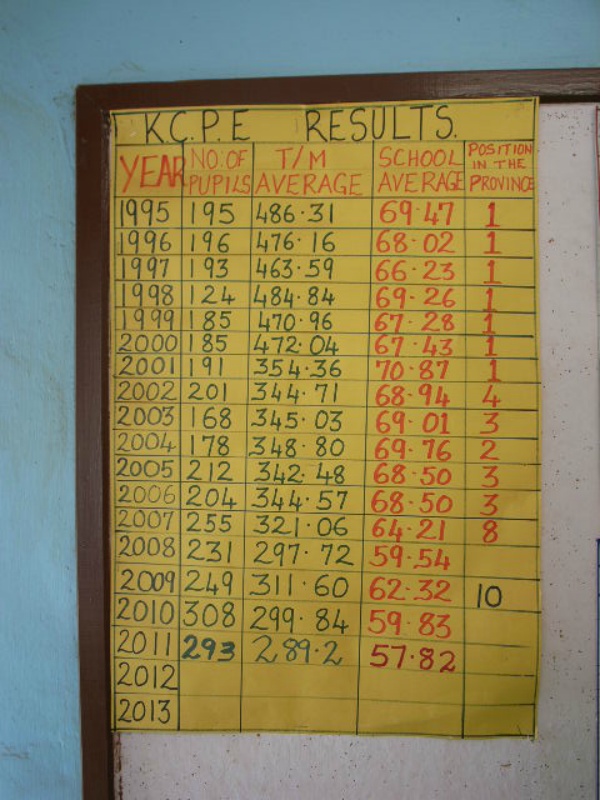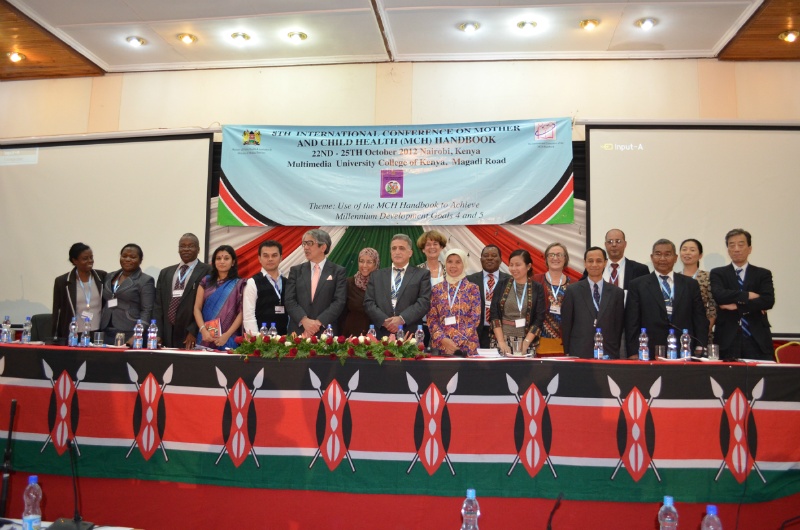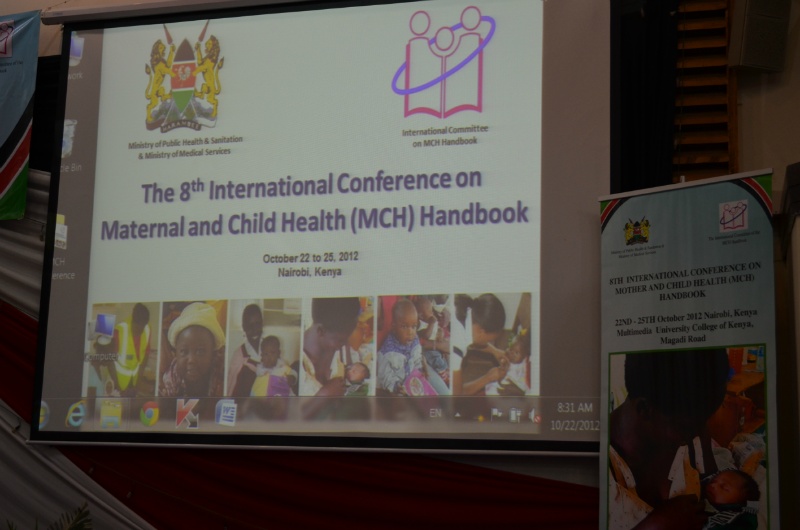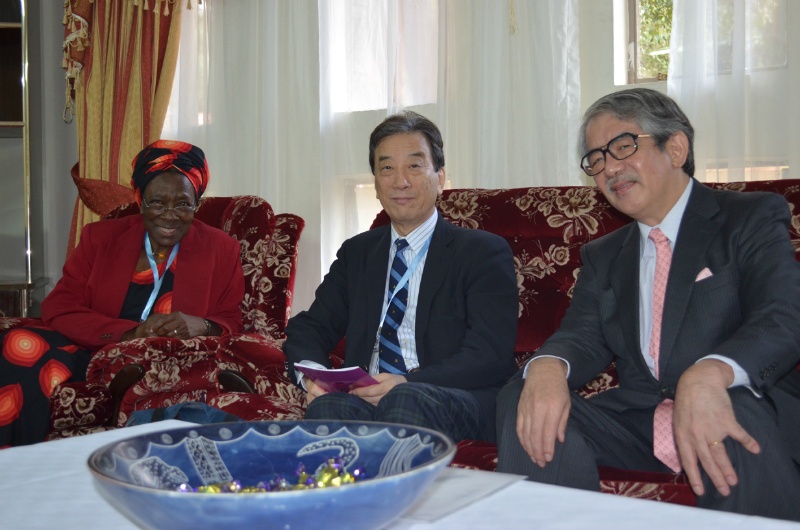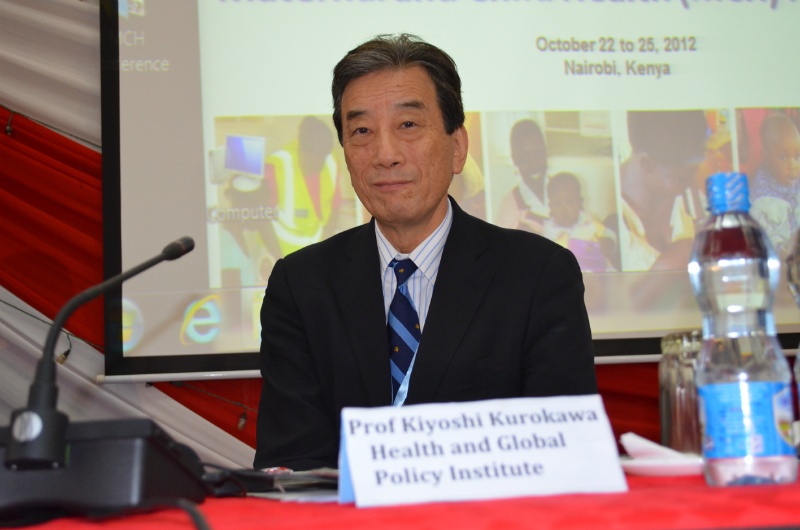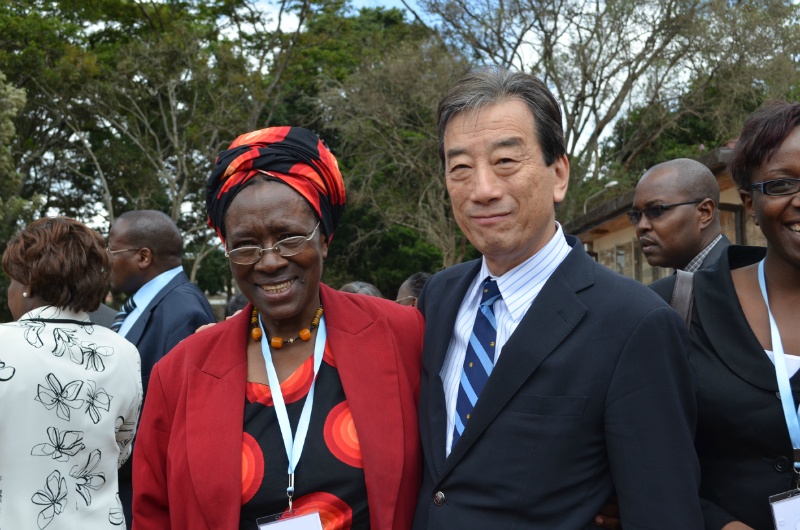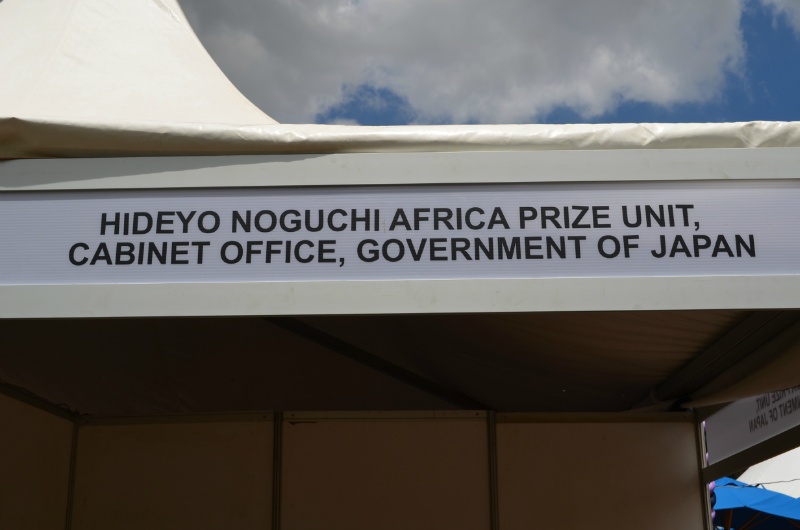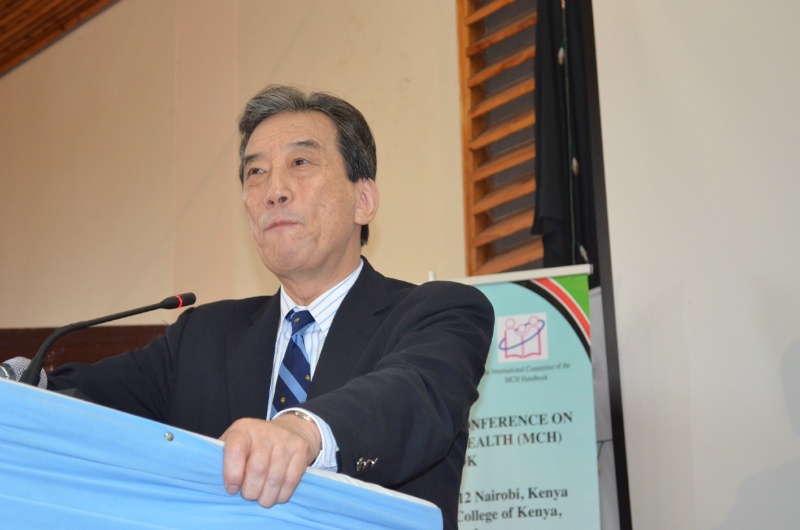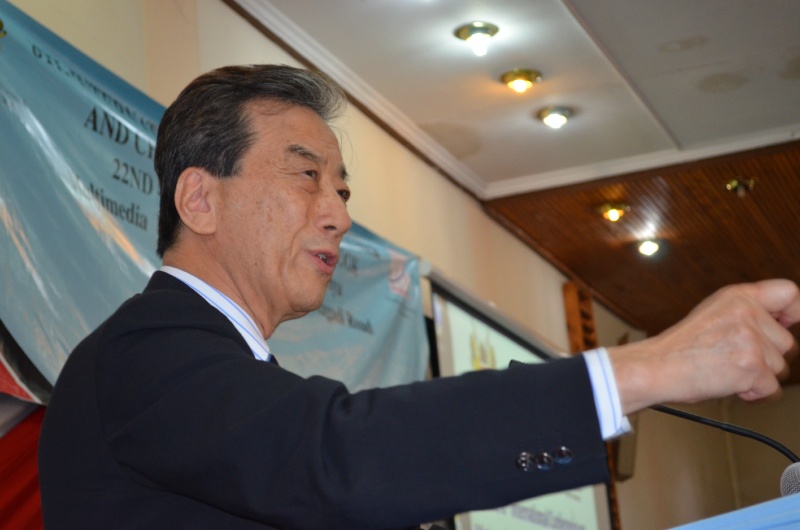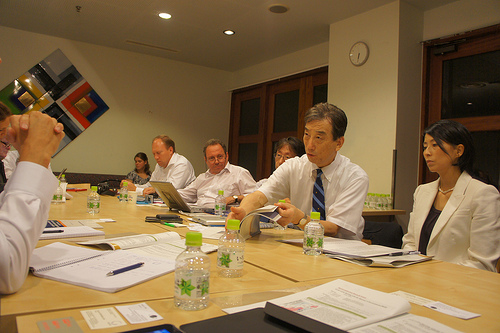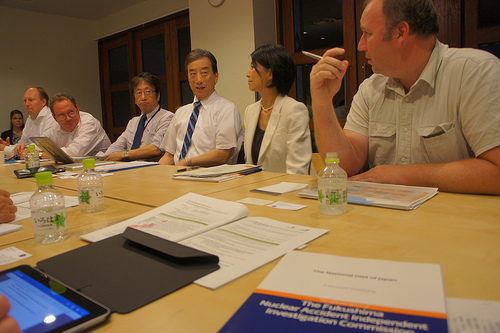First Day (January 23): As I was coming down with a cold last week, I was planning on being absent from this year’s World Economic Forum Annual Meeting at Davos like I had last year (I was busy with the National Diet of Japan Fukushima Nuclear Accident Independent Investigation Commission (NAIIC)). However, it was decided that I would be a panelist on Saturday, and although I had been hesitating for these past two or three days, I decided to also serve on a panel Thursday morning. Booking a flight was the issue but I was lucky enough to find an opening on the Swiss Air direct from Narita to Zurich, on Wednesday morning and departed.
I arrived at Zurich Airport and met with Davos regulars such as Dr. Sadako Ogata and other people going to the forum. I arrived in Davos around six in the evening, went through the registration and to the hotel. I met with a few friends but mostly slept afterwards.
Second Day (January 24): I went to the forum from the morning. There are many to chose from, but I attended “Fostering Entrepreneurial Innovation” from nine. I wanted to study up on the subject and also wanted to see Clayton Christensen. These past three years, he has suffered from three major illnesses and but he looked well and had no trouble speaking. Afterwards, we talked about his illness and his book “How will you measure your life” (the Japanese translation is a bit strange- “Innovation of life”), which is an incredible read and which I recommend to young people. We discussed that he would like me to visit him, even if it’s just briefly, when I travel to Boston in February.
After that, I went to “Catastrophic Risks in the 21st Century”, of which I was a panelist. One of the panelists was Judith Rodin, who is the first woman to be the president of Ivy League university. I had wished to meet her for some time, and since Judith and I found several key mutual friends from when I was at the University of Pennsylvania, our conversation flowed even before the panel discussion started. I handed all of the panelists the English Executive Summary of the NAIIC report. I was not able to attend thewell-acclaimed speech by Prime Minister David Cameron then in the main auditorium, but I’m sure I will eventually see it online.
In the afternoon, I attended “Is Democracy Winning?” which was moderated by Nik Gawing and held in partnership with the BBC. It was a difficult topic but the four panelists <>, the questions from the audience and comments by scheduled audience were outstanding. I felt that it would be very hard to have such a discussion in Japan.
Tonight was the annual “Japan Night” and many people came. I left shortly after it started in order to attend the South Korea and Indonesia receptions. After meeting many people at the receptions, I returned to Japan Night and found that although the number of Japanese had decreased, the place was lively and still packed with many friends of Japan. Compared to the Korea and Indonesia receptions, the crowd was over twice as big and they were perhaps all about food and drink, though the other receptions also had entertainment. However, it can be problematic that some people see this and decide that Japan is just a“soft power.”
Please visit the Davos website <www.weforum.org> to see more.

